Alfred Nossig
|
Alfred Nossig was a writer, sculptor, and Zionist theoretician whose interest in Jewish emigration made him a collaborator with the German authorities.
Nossig was born in Lvov in 1864 and attended several universities, studying natural sciences, medicine, law, and philosophy. In his youth he favoured assimilation into Polish culture, but later he became a Zionist.
Nossig was active as an artist, intellectual, and founder of Jewish public projects and institutions. He made a name for himself, with his many talents and his efforts to increase the self-confidence of Jews and improve their self-image.
His career was also marked by abrupt shifts and sharp changes of direction, he proved to be unstable and inconsistent in his views as well as in his politics. In 1892 he moved to Vienna and in 1894 to Paris, in 1900 he took up residence in Berlin.
As early as 1887, while still living in Lvov, Nossig wrote a pamphlet dealing with the “Jewish Question,” in which he advocated the establishment of a Jewish state in Palestine.
In the early 1900’s he was one of a group who proposed the creation of a Jewish institution of higher learning, and in 1904 he became head of the Jewish Bureau of Statistics, which he had founded in Berlin together with Arthur Ruppin and Jacob Thon.
Nossig became close to the Democratic Faction in the Zionist movement, in which Chaim Weizmann played a leading role and which represented an opposition to Theodor Herzl.
|
In 1908 Nossig left the Zionist movement and founded the Jewish Settlement Association (Allgemeine Judische Kolonisations- Organisation), engaging in political lobbying on behalf of Jewish emigration to parts of the world other than Palestine.
During World War One he pursued the goal in Germany, and went so far as to seek a declaration from Turkey and the Central Powers recognising the right of Jews to enter the Ottoman Empire. These efforts, which had no success, were regarded by the Zionists as subversive to their cause, but they seem to have reinforced Nossig’s pro-German attitude, which he retained to the end of his life.
In the early 1920’s Nossig, responding to an invitation by the Polish authorities, went to Poland in order to mediate between the leadership of the Jewish organisations and the newly established Polish republic. The Jews, however, regarded him as a representative of foreign interests – before long this appraisal was also shared by Poles, and Nossig’s involvement in the Polish – Jewish relationship had no tangible results.
Soon after the Second World War broke out, Nossig arrived in Warsaw, apparently after a short stay in Prague. Despite his age- he was now seventy-five – he began to deal with emigration from occupied Poland, presumably at the suggestion of the German authorities.
|
Adam Czerniakow, the Chairman of the Warsaw Judenrat wrote in his diary on the 17 October 1939 I was visited by the Tausendkunstler (Conjurer) Alfred Nossig. On the 9 December 1939 Czerniakow again made an entry in his diary, that he was ordered to give a job to Dr Nossig within the Community and directives about emigration would follow in January.
Later on Nossig became director of the department of culture and the arts in the Warsaw Jewish Council. Another entry by Czerniakow on 11 April 1940 states that “Nossig keeps on writing unnecessary letters to the authorities. I reprimanded him.”
Nossig kept up special ties with the Germans and enjoyed their patronage. A woman who lived in the same house as Nossig during the last months of the ghetto’s existence and was not a member of the underground or the fighting organisation wrote in her memoirs. “It was no secret that he belonged to the Gestapo and worked for the Germans,” and the association with the Germans was even proclaimed on his front door.
Evidently Nossig wrote periodic reports on what was happening in the ghetto. Some of the documents in his possession were confiscated by the Z.O.B. – while the rest were seized by the Gestapo.
Stanislaw Adler confirmed that Nossig worked for the Gestapo, and he wrote in his memoirs:
“The Gestapo had confidential information about those who were involved in political activities. Brandt had commissioned the aged sculptor and journalist A. Nossig to submit written reports on the political mood in the Jewish Quarter.
I learned from his Secretary that he had been ordered by the Gestapo to inform them whether Warsaw Jewry believed the rumours about the death camps at Belzec and Chelmno. The community at large did not believe in these rumours, for how could any normal human mind ever conceive them?”
Nossig was executed by the Jewish Fighting Organisation (ZOB), at the end of January or in February 1943, when he was executed a report was found on him that he had drawn up for the Gestapo, dealing with the January 1943 Aktion.
Sources:
The Jews of Warsaw 1939- 1943, by Israel Gutman, published by the Harvester Press Brighton 1982
A Cup of Tears – A Diary of the Warsaw Ghetto, by Abraham Lewin, published by Fontana / Collins London 1990.
Encyclopedia of the Holocaust. Macmillan Publishing Company, New York, 1990
In The Warsaw Ghetto – The Memoirs of Stanislaw Adler, published by Yad Vashem, Jerusalem 1982
The Warsaw Diary of Adam Czerniakow
USHMM
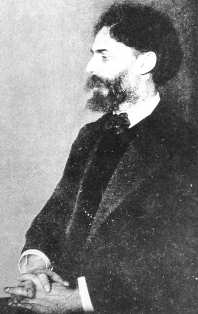
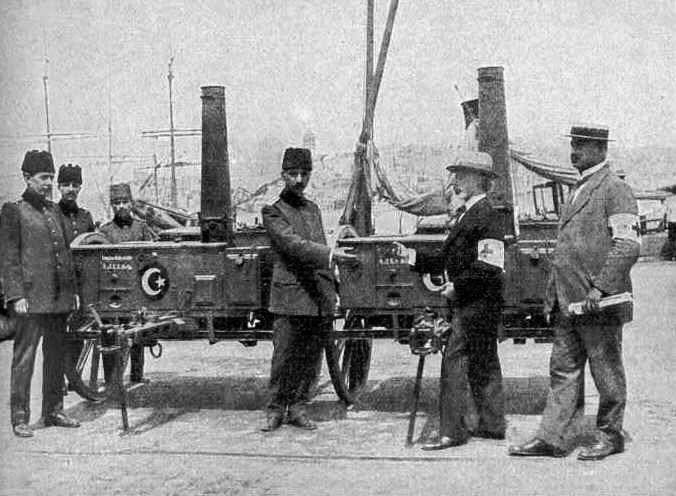
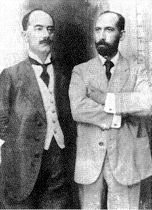
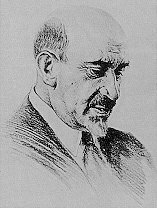
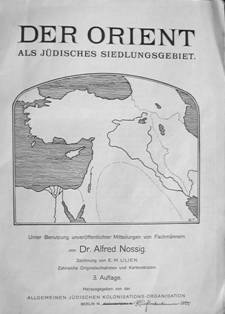
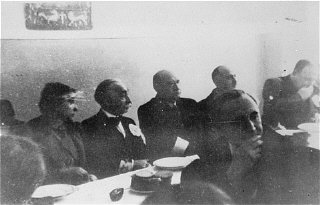
No comments:
Post a Comment